This week, the Federal Consumer Protection Office (Profeco) announced that on average, gasoline in Cancun costs 23.58 pesos per litre. This places the city of Cancun at the top of the list for the highest gasoline price throughout the whole of Mexico, for the second month in a row.
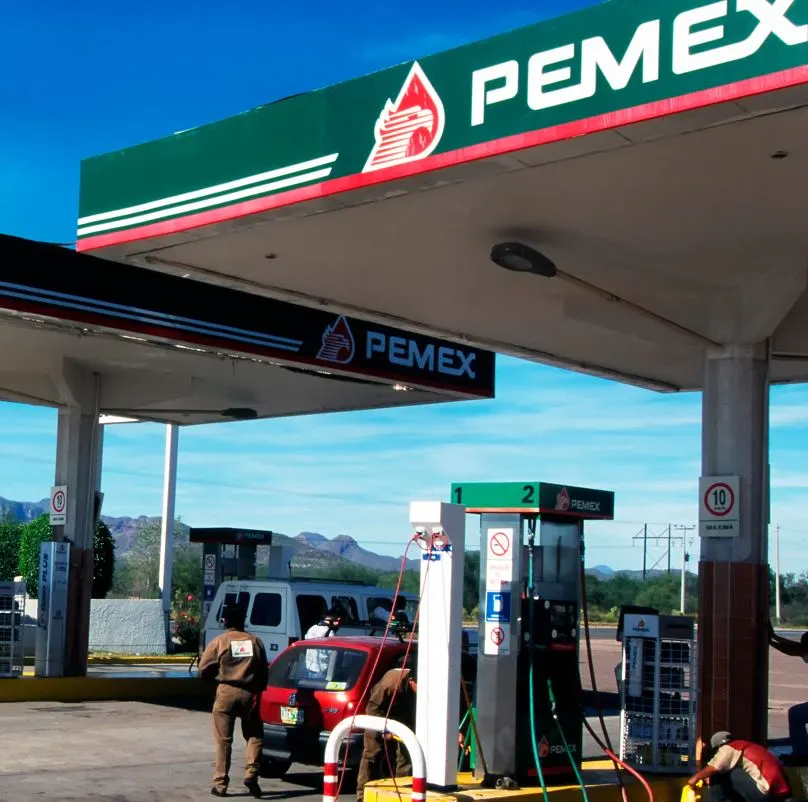
On average, regular gasoline in Cancun now costs 22.01 pesos, with premium gasoline at 23.96 pesos and diesel at 23.34 pesos. Tourists pouring into the country on summer vacation have been warned that Chevron, Windstar and Akron have the most expensive gasoline, whereas Total, G500 and Orsan are more affordable.
Even the Mexican gasoline business Petroleos Mexicanos (known as Pemex) has higher gas prices in Cancun than in other locations in Mexico. On average, a litre of gasoline will cost 23.58 pesos in Cancun but is only 21.20 pesos per litre in La Paz, Baja California.
Last month was the first time that Cancun was announced as the city with the highest gasoline prices in the whole of Mexico:
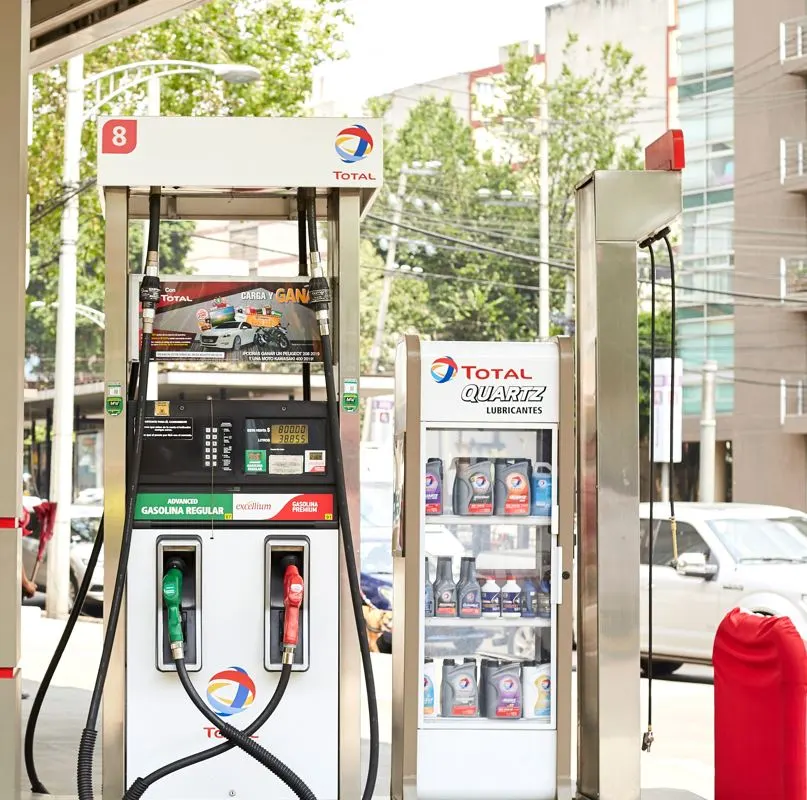
In a presentation titled ‘Who is Who in the Price of Fuels’ given by Mexican president Andres Manuel Lopez Obrador, it was found that the highest price of gasoline per litre in Mexico was from a B.P pump in Cancun, with gas sold at 25.12 pesos per litre. The lowest gasoline price in the month of June was found in Merida, Yucatan at only 21.79 pesos.
As the country faces some of the highest rates of inflation in its history, President Obrador has remained steadfast in his promise to maintain gasoline prices across the country.
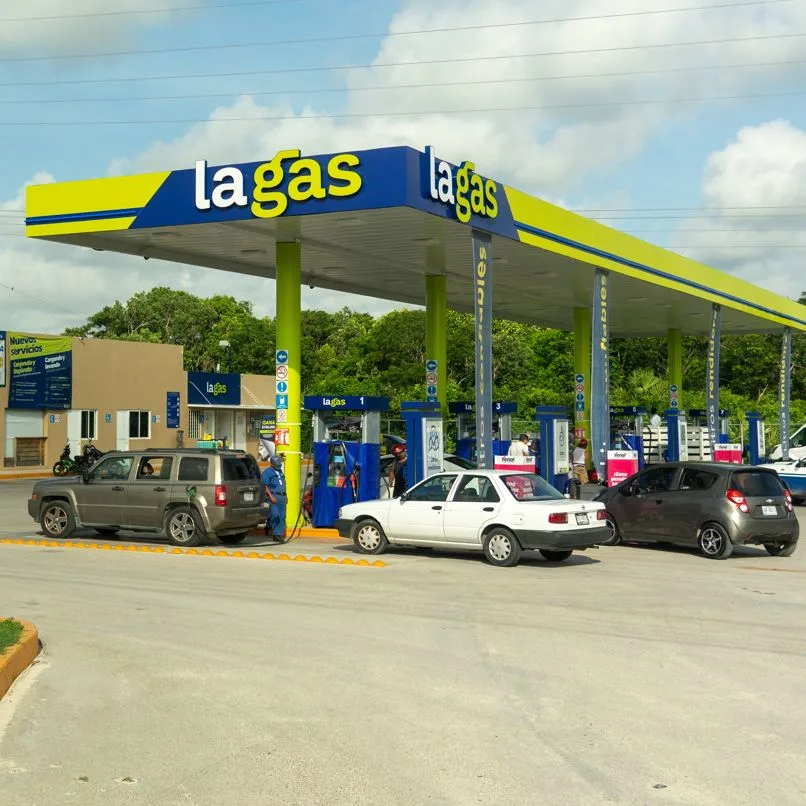
One of his campaign promises upon election was that gasoline prices wouldn’t increase beyond inflation throughout all six years of his presidency. However, another problem has come up: the price of Mexico’s gasoline and diesel subsidies are now costing the government more than the country is making from oil exports.
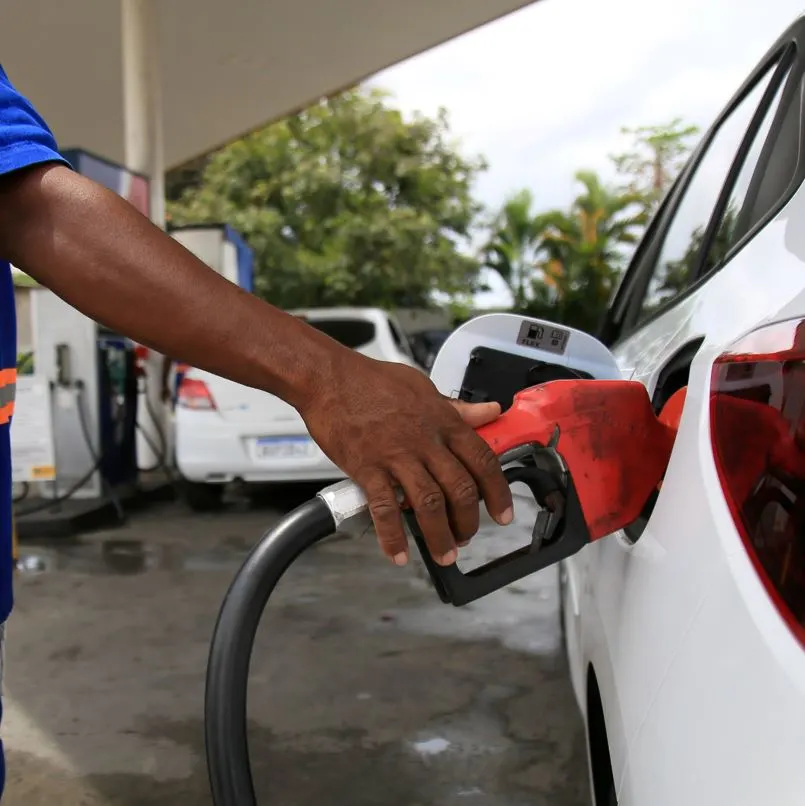
Whilst this month, gasoline prices have dropped by 1.54 pesos, gasoline in Cancun is still more expensive than any other city in the entirety of Mexico. Tourists and residents alike are hoping for a downward trend in international oil prices, which would place Cancun’s gasoline at a lower price, making car travel more affordable for all.
In the meantime, tourists who find gasoline to be too expensive are encouraged to find other means of transport, such as public buses (or ‘colectivos’).
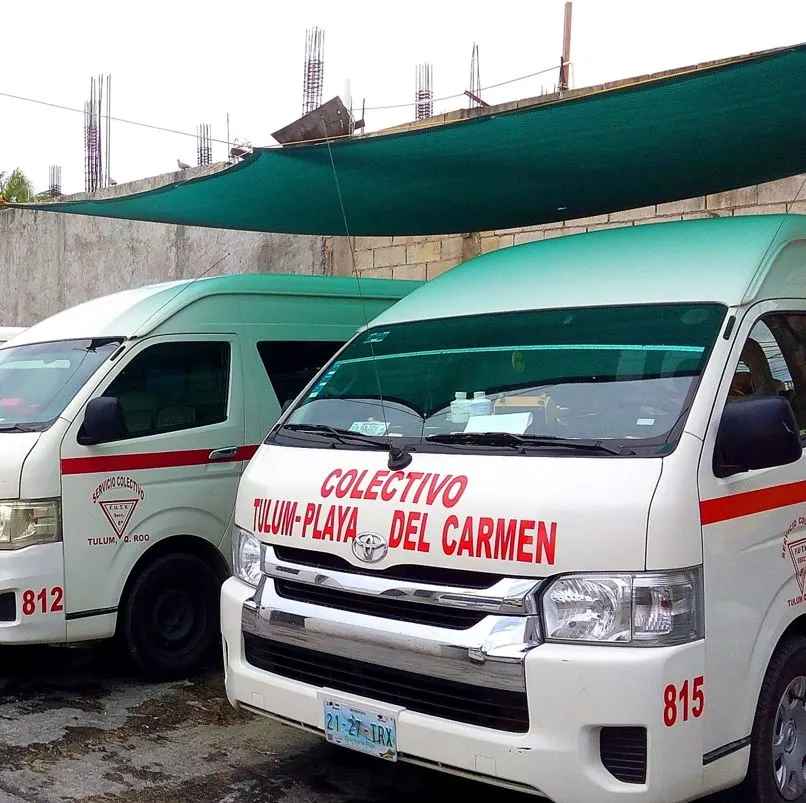
Collectivos are an excellent option for visitors looking to travel outside of Cancun, to the nearby towns of Playa Del Carmen and Tulum. With these public minibuses, travellers only pay between 20-40 pesos (depending on the distance) to arrive at their destination. It’s also a fantastic way to meet locals and find some hidden gems.
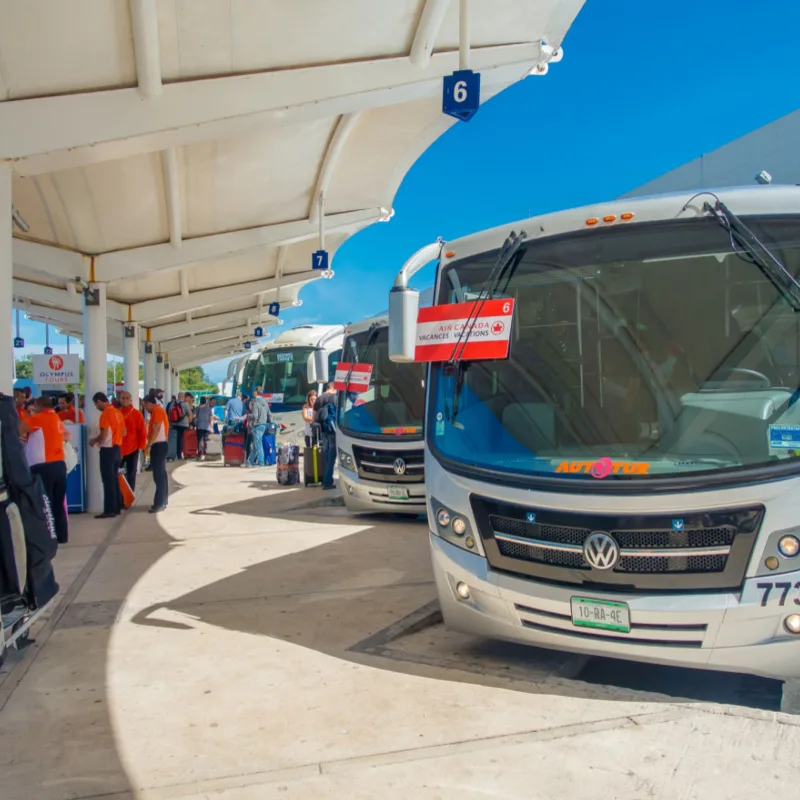
There are also some public buses that run throughout the Hotel Zone in Cancun 24 hours a day, costing under USD $1 to ride. Travellers hoping for a connecting ride from the airport to the Hotel Zone also have the option of taking the ADO bus, costing only 86 pesos (or USD $4.20) to ride.
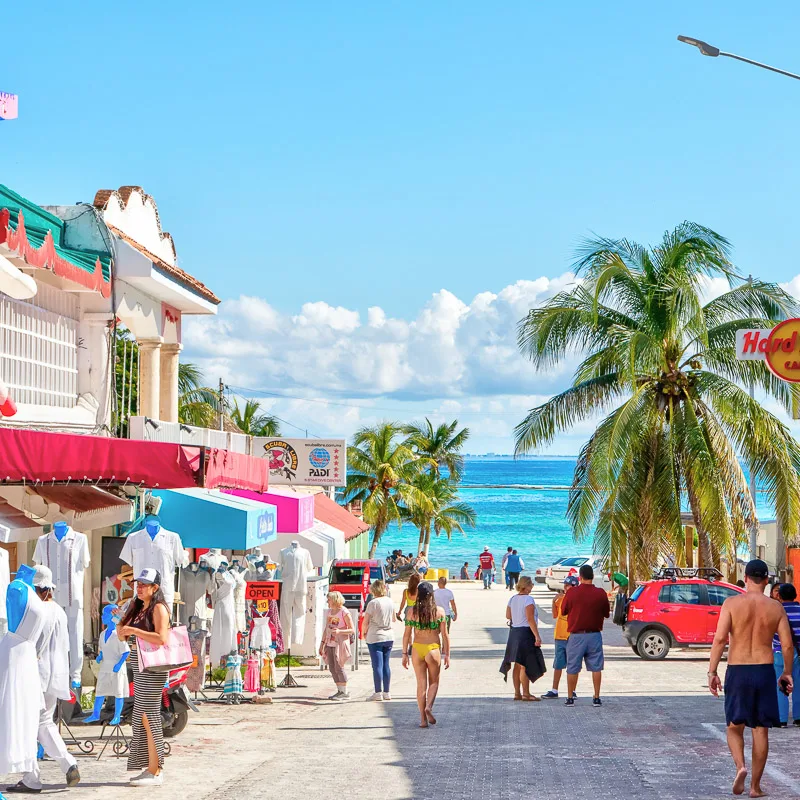
Another transport option when visiting Cancun is simply walking or cycling to nearby locations: visitors staying in the Hotel Zone are within walking distance of several fantastic attractions, including Playa Delfines beach or Cancun’s Lighthouse point. As a flat landscape with minimal hills, walking around the city is a fantastic way to get some exercise, cut down on harsh fuel prices and take in the sights and sounds of this fantastic city at your own pace.
Plan Your Next Cancun Vacation:
Traveler Alert: Don’t Forget Travel Insurance For Your Next Trip!
Choose From Thousands of Cancun and Riviera Maya Hotels, Resorts and Hostels with Free Cancellation On Most Properties
↓ Join the community ↓
The Cancun Sun Community FB group has all the latest travel news, conversations and tourism Q&A’s for the Mexican Caribbean

Subscribe to our Latest Posts
Enter your email address to subscribe to The Cancun Sun’s latest breaking news affecting travelers, straight to your inbox.
